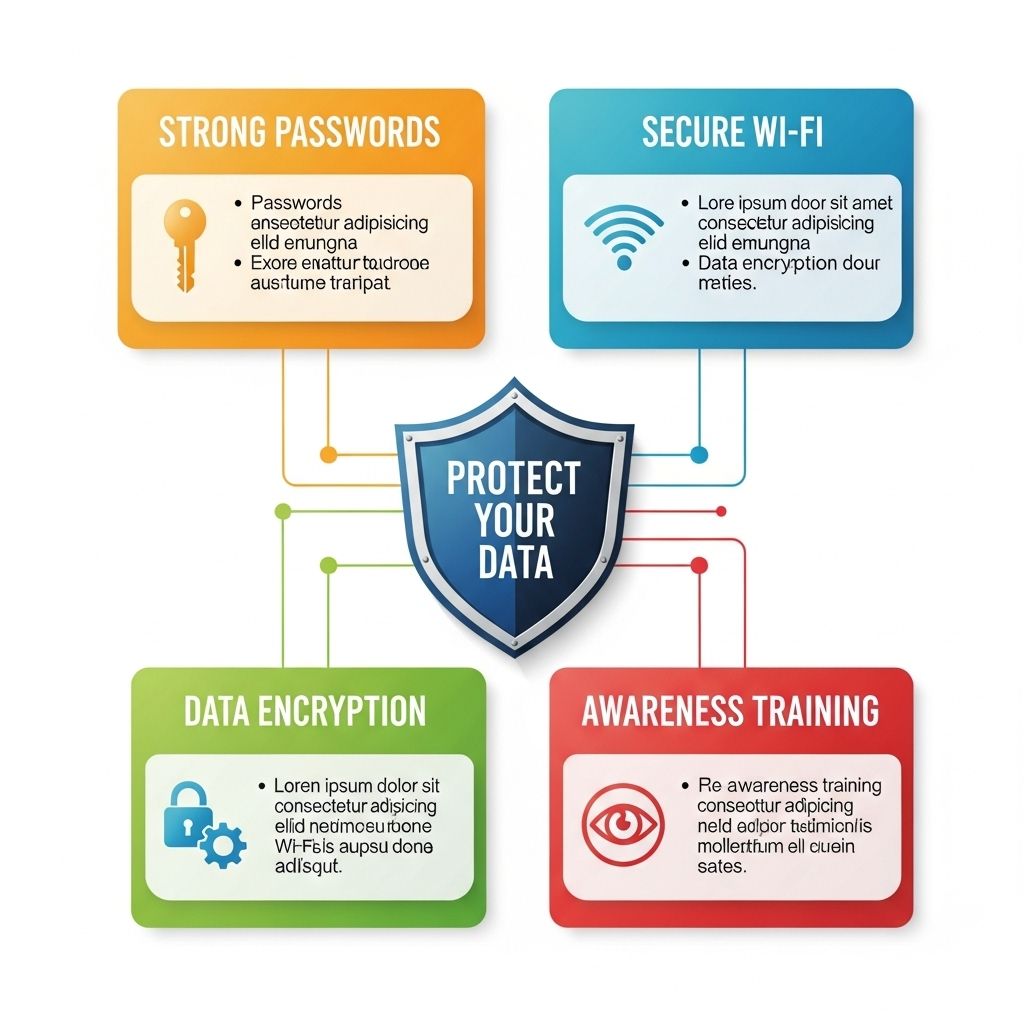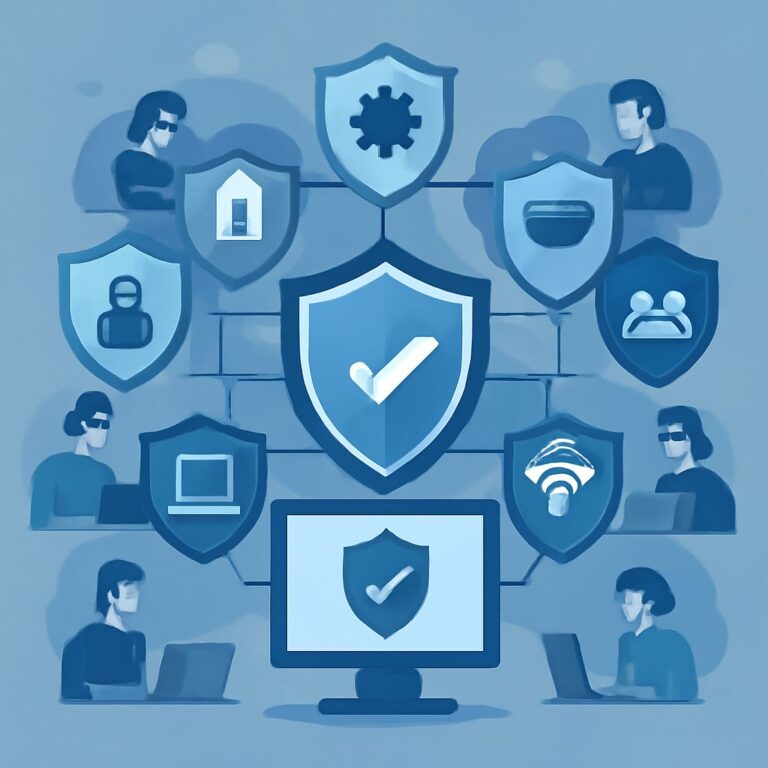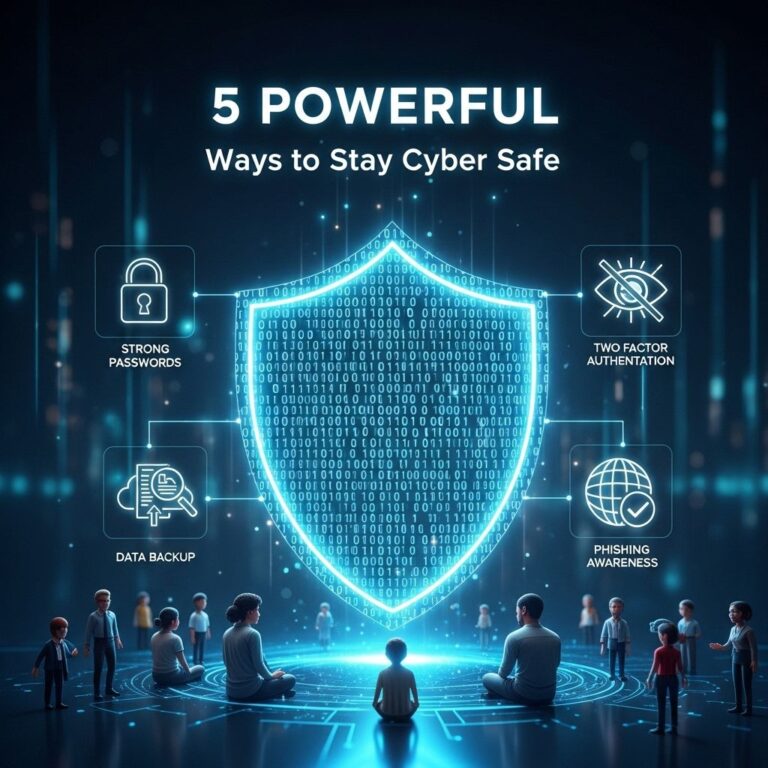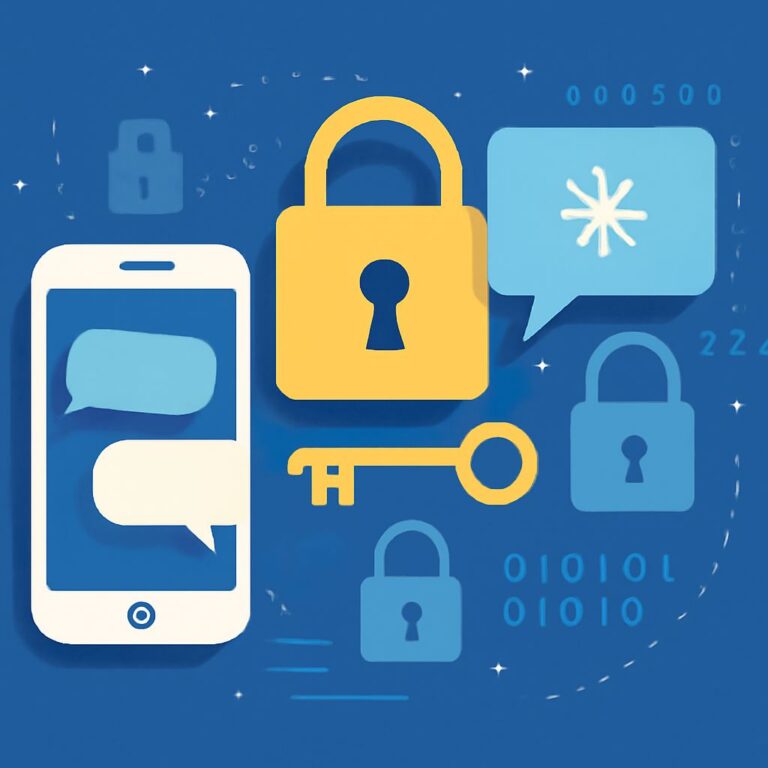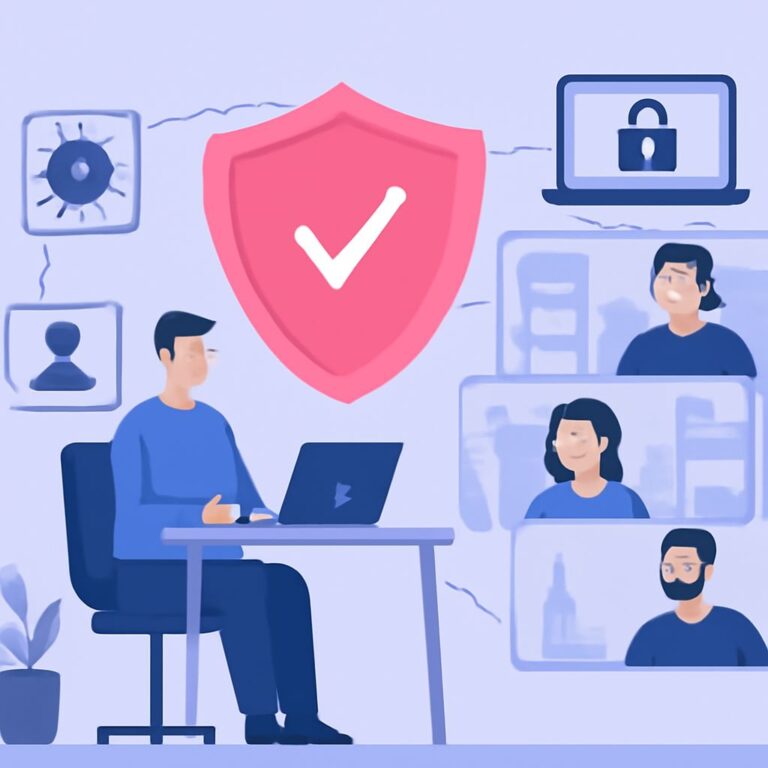In a world increasingly reliant on technology, the protection of data has become paramount, especially in the workplace. With sensitive information being exchanged constantly, organizations must prioritize data security to safeguard their assets and maintain trust with clients and employees. This article explores comprehensive strategies to protect data at work, including personal practices, technological solutions, and organizational policies.
Table of Contents
Understanding Data Security
Data security encompasses the practices and tools used to protect sensitive information from unauthorized access, corruption, or theft. It’s essential to understand that data can be vulnerable in various forms, including:
- Digital data: Files stored on computers, cloud services, or external drives.
- Physical data: Printed documents, employee records, or proprietary materials.
Common Threats to Data
Before diving into protection strategies, it’s crucial to understand the common threats that organizations face:
- Cyberattacks: Phishing, malware, and ransomware attacks can compromise data integrity.
- Insider threats: Employees may inadvertently or maliciously leak sensitive information.
- Device theft: Laptops and mobile devices can be stolen, leading to data breaches.
- Human error: Accidental deletion or misplacement of data can lead to significant losses.
Best Practices for Personal Data Protection
Individual responsibility is key in maintaining data security. Here are some personal practices to adopt:
1. Strong Password Management
Using strong, unique passwords for every account is crucial. Consider the following tips:
- Use a mix of uppercase, lowercase, numbers, and symbols.
- Avoid easily guessable information, such as birthdays or names.
- Utilize password managers to track and generate secure passwords.
2. Secure Your Devices
Protecting devices is essential to prevent unauthorized access:
- Install antivirus software and ensure it is updated regularly.
- Enable device encryption to protect data in case of theft.
- Use a Virtual Private Network (VPN) when accessing company data remotely.
3. Be Wary of Phishing Scams
Cybercriminals often use phishing emails to trick users into providing sensitive information. To avoid falling victim:
- Verify the sender’s email address.
- Look for spelling errors or unusual requests in emails.
- Never click on suspicious links or download unexpected attachments.
Organizational Strategies for Data Protection
While individual responsibility is vital, organizations must implement robust security measures to protect data at scale:
1. Regular Security Training
Conduct frequent training sessions to educate employees about data security best practices and emerging threats. Topics to cover include:
- Recognizing phishing attempts.
- Data handling procedures.
- Incident reporting protocols.
2. Implement Role-Based Access Control (RBAC)
Limit access to sensitive data based on employee roles within the organization. This can be achieved by:
- Identifying who needs access to specific data.
- Regularly reviewing access permissions to ensure they are up-to-date.
- Revoking access promptly when an employee leaves the organization.
3. Data Backup and Recovery Plans
Prepare for the worst by implementing a data backup and recovery strategy:
- Regularly back up data to secure locations, either on-site or in the cloud.
- Test recovery procedures to ensure quick restoration of data.
- Maintain multiple copies of backups, ideally in different geographical locations.
Technological Solutions for Data Security
Investing in the right technology can significantly enhance data security:
1. Encryption Tools
Data encryption ensures that even if data is intercepted, it remains unreadable to unauthorized users. Implement encryption for:
- Emails containing sensitive information.
- Files stored on servers and cloud services.
- Communication platforms used by employees.
2. Endpoint Security Solutions
With the rise of remote work, endpoint security has become crucial:
- Deploy endpoint protection software to monitor and manage devices accessing company data.
- Use Mobile Device Management (MDM) solutions to secure employee smartphones and tablets.
3. Continuous Monitoring and Auditing
Implement tools that continuously monitor data access and usage:
- Utilize Security Information and Event Management (SIEM) software.
- Regularly audit data access logs to detect suspicious activity.
Legal and Compliance Considerations
Data protection is not only a best practice but also a legal requirement in many jurisdictions. Organizations must comply with regulations such as:
| Regulation | Description |
|---|---|
| GDPR | General Data Protection Regulation governs data privacy in the EU. |
| HIPAA | Health Insurance Portability and Accountability Act protects sensitive patient information in the U.S. |
| CCPA | California Consumer Privacy Act gives consumers control over personal information collected by businesses. |
Failure to comply with data protection regulations can lead to hefty fines and reputational damage.
Conclusion
Protecting data in the workplace is a collaborative effort that involves individual practices, organizational strategies, and technological solutions. By taking a proactive approach to data security, businesses can minimize risks and foster a culture of safety. Remember, security is not merely an IT responsibility; it is a shared commitment that ensures the integrity of data and the trust of all stakeholders involved.
FAQ
What are the best practices to protect data at work?
Implement strong passwords, use encryption, regularly update software, and conduct employee training on data security.
How can I secure sensitive data in the cloud?
Utilize secure cloud services with robust encryption, enable two-factor authentication, and regularly audit access permissions.
What steps should I take if a data breach occurs at work?
Immediately notify your IT department, assess the extent of the breach, contain the breach, and inform affected parties as required by law.
How can employee training improve data security?
Regular training helps employees recognize phishing attempts, understand data handling policies, and adopt safe practices when accessing sensitive information.
What tools can help protect my data at work?
Consider using firewalls, antivirus software, data loss prevention tools, and secure VPNs to safeguard your workplace data.
Why is data encryption important for workplace security?
Data encryption protects sensitive information by converting it into a secure format, making it unreadable without the correct decryption key.

